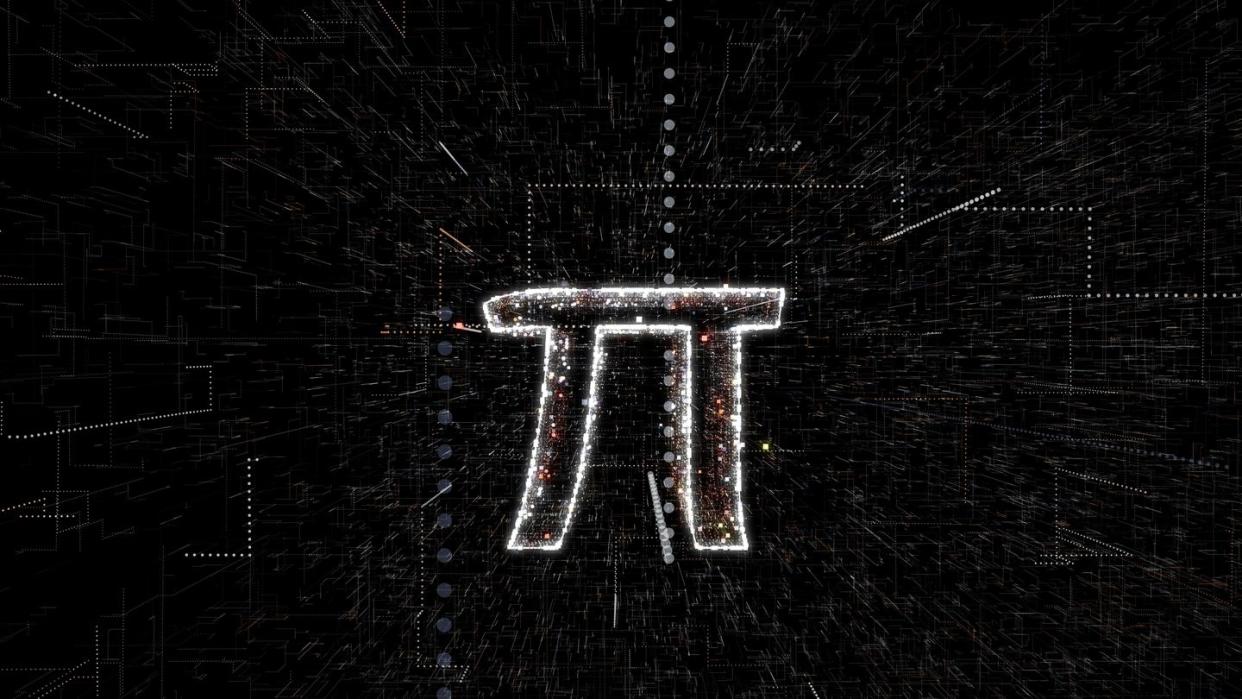A New Formula for Pi Is Here. And It’s Pushing Scientific Boundaries.

While building a simpler model for particle interactions, scientists made a sleek new pi.
Representations of pi help scientists use values close to real life without storing a million digits.
The making of the new pi involved using a series, which is a structured set of terms that either converge to one expression or diverge.
In new research, physicists uses principles from quantum mechanics to build a new model of the abstract concept of pi. Or, more accurately, they built a new model that happens to include a great new representation of pi. But what does that mean, and why do we need different representations of pi?
Because quantum mechanics looks at the tiniest particles, one at a time, even simple questions can have complex answers that require massive computing power. Rendering high-tech video games and movies like Avatar can take days or more, and that’s still not at the level of reality. In this new paper, published in the peer-reviewed journal Physical Review Letters, physicists Arnab Priya Saha and Aninda Sinha describe their new version of a quantum model that reduces complexity but maintains accuracy.
This is called optimization. Think of the way early internet video buffered in chunks of similar colors, or how classic animators painted static bodies with individual moving parts on top. Heck, think of how people cut the corners of squared-off walking paths until they make a dirt-path shortcut. We’re surrounded by optimization and optimizing behaviors.
As detailed in their paper, Saha and Sinha combined two existing ideas from math and science: the Feynman diagram of particle scattering and the Euler beta function for scattering in string theory. What results is a series—something represented in math by the Greek letter Σ surrounded by parameters.
Series can end up generalizing into overall equations or expressions, but they don’t have to. And while some series diverge—meaning that the terms continue to alternate away from each other—others converge on one approximate, concrete result. That’s where pi comes in. The digits of pi extend into infinity, and pi is itself an irrational number, meaning it can’t be truly represented by an integer fraction (the one we often learn in school, 22/7, is not very accurate by 2024 standards).
But it can be represented pretty quickly and well by a series. That’s because a series can continue to build out values well into the tiniest digits. If a mathematician compiles a series’ terms, they can use the resulting abstraction to do math that isn’t possible with an approximation of pi that’s cut off at 10 digits by a standard desk calculator. A sophisticated approximation enables the kind of nanoscopic particle work that inspired these scientists in the first place.
“In the early 1970s,” Sinha said in a statement from the Indian Institute of Science, “scientists briefly examined this line of research, but quickly abandoned it since it was too complicated.”
But math analysis like this has come a long way since the 1970s. Today, Sinha and Saha are able to analyze an existing model and remodel it with altered terms. They’re able to build a sequence and see that it converges on the value of pi within far fewer terms than expected, making it easier for scientists to run the series and then use that for further work.
All of that requires decades of foundational work in the field and large bodies of work showing that certain mathematical moves work where other ones don’t. It’s a comment on the ongoing and collaborative nature of math theory, even when what results is a working model that might help scientists. Our ability to meaningfully approximate has grown in tandem with our ability to solve complex problems outright.
“Doing this kind of work, although it may not see an immediate application in daily life, gives the pure pleasure of doing theory for the sake of doing it,” Sinha said in the statement.
You Might Also Like

